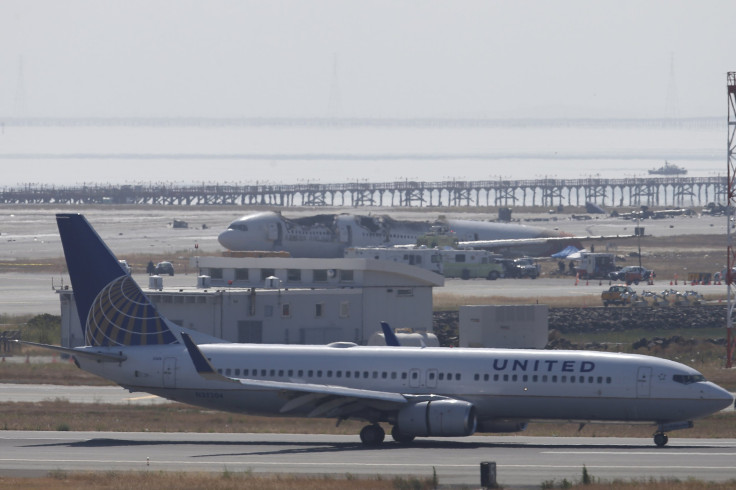United Continental Holdings Inc (UAL) Earnings Preview 2013: Q3 Profit Up But Numbers Still Disappointing

United Continental Holdings Inc. (NYSE:UAL), the world’s largest airline following a 2010 merger of United and Continental, is expected to report an 18.6 percent increase in earnings per share, primarily because of an unusually weak 2012 third quarter.
The Chicago company, which reports Monday, is expected to report net income rising 33 percent to $692.02 million from $520 million in the year-earlier quarter, while earnings per share will increase 18.6 percent to $1.60 from $1.35 per share, according to a Thomson Reuters survey. Revenue is projected to rise 3.9 percent to $10.3 billion from $9.91 billion. Excluding one-time items, analysts expect earnings per share of $1.69 compared with just 2 cents in the third quarter of last year.
However, the positive numbers are still disappointing considering the company’s dismal performance in the third quarter of 2012 and the strong expected performances of its rivals in the third quarter of this year. United has reported year-on-year earnings decline for nine straight quarters. While analysts expect the pattern to finally be reversed in the third quarter, the company’s earnings growth will likely continue to lag behind industry competitors like Delta Air Lines, Inc. (NYSE:DAL).
The airline would have done better if not for three reasons. One is increased competition in its trans-Pacific routes, particularly Chinese routes, that resulted in softer pricing and, thus, weaker margins and diminished revenue. That increased competition has been particularly pronounced last month.
"United's updated guidance indicates September passenger unit revenue is tracking up 1 percent year-over-year, at the midpoint, below our previous 5 percent year-over-year estimate and the approximately 4 percent year-over-year gains in June through August," Raymond James analyst Savanthi Syth said in a note.
Syth said much of the increased competition in the third quarter came from Delta Air Lines, Inc. (NYSE:DAL), China Eastern and Air China.
A second reason United will not turn in a more robust third quarter stems from troubles integrating Continental into its operations. Those troubles emerge in the company's adjusted revenue per available seat mile (Prasm) numbers, which Goldman Sachs analyst Tom Kim estimates will be between 3.5 percent, down from his earlier estimate of 5.5 percent.
"It is disappointing considering United's underperformance a year ago due to integration related operational issues as well as its slight capacity reductions this year versus slight capacity growth at peers," Syth said. "It appears it is taking United longer than it anticipated to win back customers lost to competitors last year due to operational difficulties."
The damage from current integration difficulties could hurt United's earnings next year.
“The integration is going slower than we expected, and we think UAL will lag the industry in revenue growth and unit costs for the next few quarters,” a research note from S&P said.
The third factor that has been less-than stellar in the third quarter is weak cargo volumes, Syth said.
Lower jet fuel costs will partially offset the effect of soft September pricing and resulting weak profit margins, disappointing integration and weak cargo volumes, Goldman Sachs analyst Tom Kim said in a note.
The company has continued to disappoint analysts and investors. While in mid-2012, analysts were still on average expecting the merged powerhouse to earn more than $6 per share in 2013; those estimates have since been cut in half or more. For the third quarter, the earnings per share estimate fell from $2.24 to $2.03 in July alone, then fell even more after the September update to the $1.60 range.
Part of the lag can be explained by the company’s less than stellar margins. Compared to competitor Delta, which projects an operating margin of 11 percent to 13 percent in the third quarter, United’s guidance implies an operating margin of roughly 8 percent to 8.5 percent.
© Copyright IBTimes 2025. All rights reserved.




















